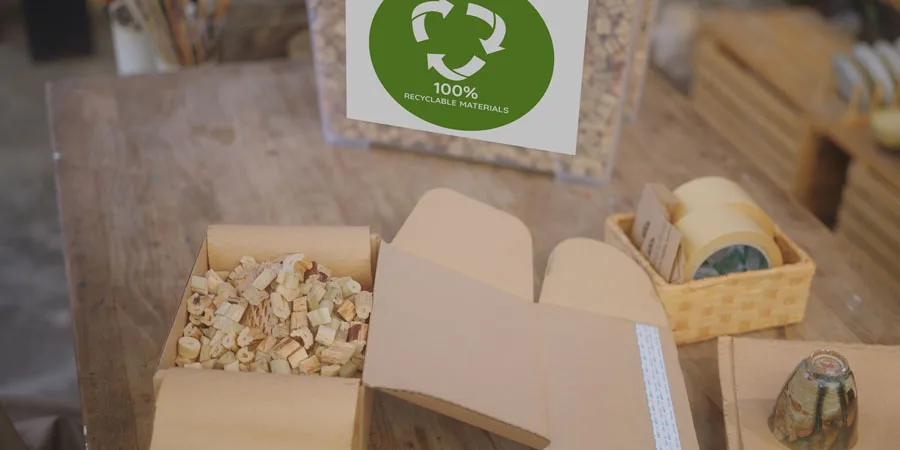Companies are increasingly aligning with ESG principles, pushing forward with innovative sustainable practices, but challenges remain.

In recent years, environmental, social, and governance (ESG) criteria have become a pivotal aspect of corporate strategy across all sectors, including the packaging industry.
As consumer awareness and regulatory demands intensify, companies within this sector are under increasing pressure to demonstrate their commitment to sustainability.
This feature delves into the current state of ESG in the packaging industry, exploring how companies are adapting to meet these new challenges and expectations.
Embracing sustainability in materials and processes
The packaging industry is at the forefront of environmental scrutiny, primarily due to its substantial use of plastics and other materials that are often criticised for their environmental impact.
In response, many companies are turning to alternative, sustainable materials such as biodegradable plastics, recycled materials, and innovations like mushroom packaging.
For example, major players like Tetra Pak have committed to making their packaging fully recyclable or reusable by 2030.
Furthermore, companies are not only changing the materials they use but are also revamping their production processes to reduce carbon footprints.
Techniques such as life cycle assessments (LCAs) are increasingly employed to evaluate the environmental impact of packaging products from production to disposal.
The goal is to minimise waste and energy consumption throughout the manufacturing process, aligning with the broader corporate sustainability goals.
Enhancing social responsibility
The ‘social’ component of ESG emphasises a company’s relationships and its reputation within the communities where it operates.
In the packaging industry, this often translates into better labour practices, community engagement, and addressing the direct impacts of operational practices on the local population.
For instance, companies are now more diligent in ensuring fair labour practices and safe working conditions across their supply chains. This shift is partly driven by increased transparency and the rise of social media, where negative practices can quickly lead to public backlash and brand damage.
Moreover, there is a growing trend of community involvement projects where companies contribute to local initiatives, which in turn enhances their social license to operate.
Governance and compliance: steering towards transparency
Governance in ESG pertains to the leadership, audits, internal controls, and practices that ensure a company operates transparently and ethically.
In the packaging industry, governance has taken centre stage as companies strive to meet increasing regulatory requirements and manage risks associated with environmental and social issues.
Compliance with international standards and local regulations is more critical than ever, as non-compliance can lead to significant fines and reputational damage.
Companies are investing in robust ESG reporting and analytics tools to monitor their performance and communicate it effectively to stakeholders.
Enhanced transparency not only helps in regulatory compliance but also builds trust with consumers, investors, and other stakeholders.
Despite hurdles, the move to sustainability shows promising progress
The packaging industry is undergoing a significant transformation as it navigates the complexities of integrating ESG principles into its operations.
While challenges remain, particularly in balancing economic performance with environmental and social commitments, the industry’s shift towards sustainability appears both positive and progressive.
As this sector continues to evolve, it will undoubtedly play a crucial role in shaping a more sustainable future, reflecting the broader changes occurring across industries globally.
Source from Packaging Gateway
Disclaimer: The information set forth above is provided by packaging-gateway.com independently of Chovm.com. Chovm.com makes no representation and warranties as to the quality and reliability of the seller and products.




